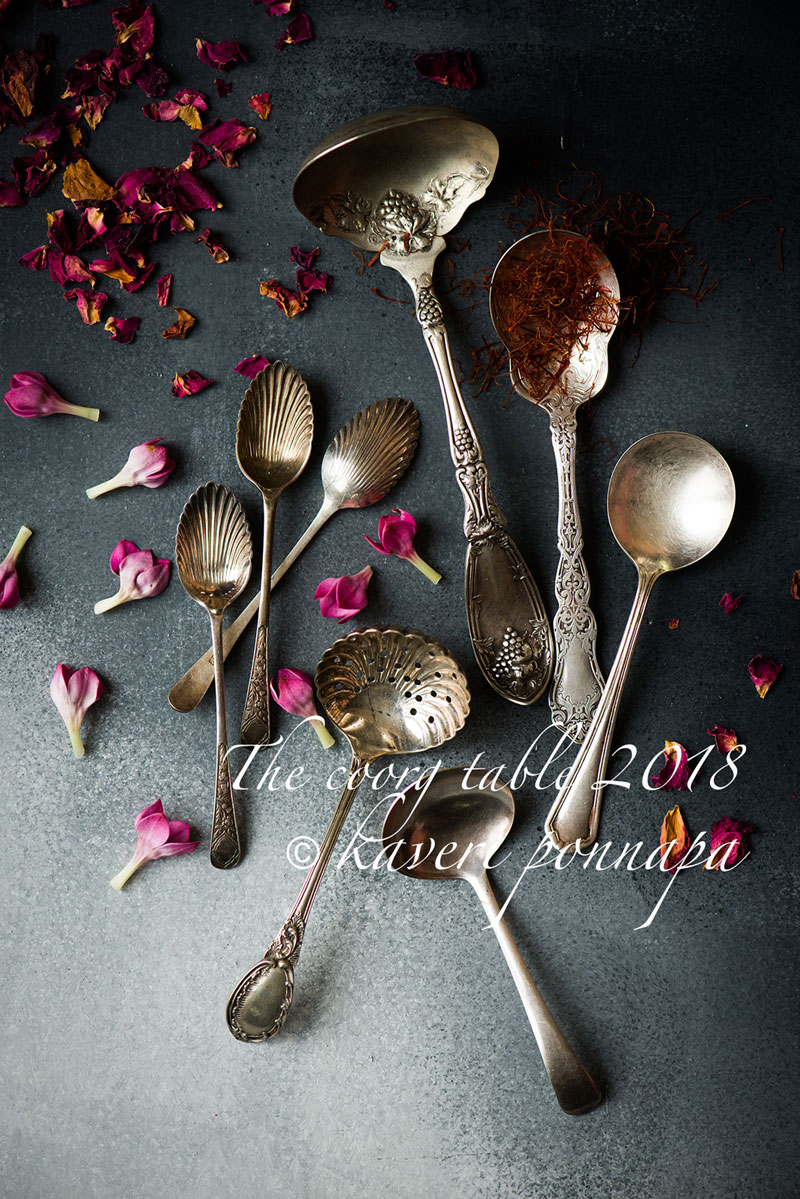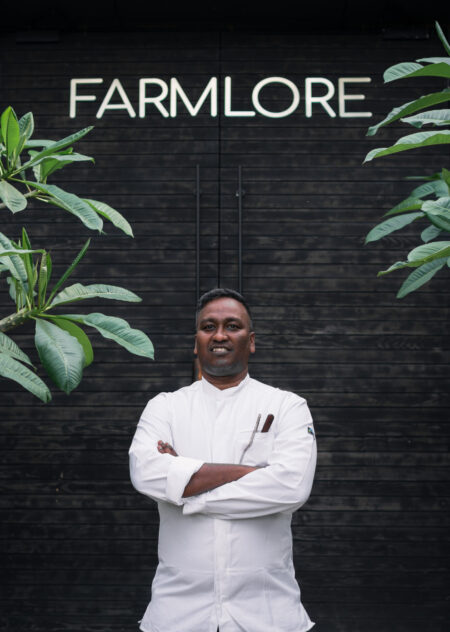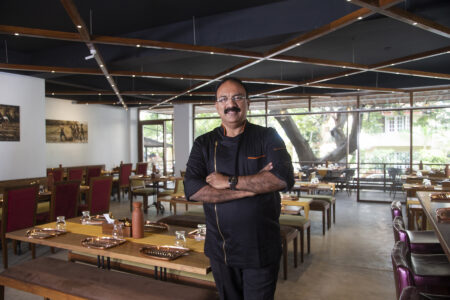Payasa —with several variations on the theme —never seemed the most exciting or attractive of sweet dishes with which to end a meal or a celebration when I was much younger. The neat, streamlined contours of coconut toffee tinged a delicate pink, simply created to be savoured in nibbles, or homemade chocolate fudge dark and densely chewy, easily edged out the shapeless helpings of payasa handed out in paper cups or bowls, to be drunk down or scooped up unceremoniously. In my mind there was nothing even remotely elegant about them, or so it seemed.
Then there were the spices —most often a too liberal sprinkling of cardamom seeds, sending out harsh and insistent waves of flavour that refused to fade away. Or a flood of deep amber from saffron used too carelessly that released a strange bitterness instead of the subtly aromatic, exquisite streaks of honey and gold that I yearned for. More often it was too little, which left no trace of the luxury and sensuousness concealed within the fragile strands.

It took decades to realize that it was an overuse of spices and a heavy hand that had made me appreciate payasas so little.
After many trials in my kitchen, I could write reams about the payasas of Coorg: and I have, between the pages of a work in progress. Some of them can be dressed up with chopped cashew nuts, slivered almonds and raisins fried in hot, golden ghee and make an eye-catching appearance on the most stylish dining tables. Others are content to remain true to their rustic roots, preferring to linger on a cozy monsoon kitchen table, sweet, hearty and warming, just right for the season.

Vermicelli, semiya, toasted in ghee and simmered in milk and sugar turns smooth and silky; spoonsful disappear silently, a few strands snagged by pointed shards of almonds to be chewed up deliciously. What lifts it out of the ordinary is the merest hint of the scent of cardamom. Too many seeds powdered or whole, and it is an angry battle between the sweet silkiness of vermicelli and fierce, unrelenting cardamom, a battle which cardamom always wins.
I learned to make a certain sumptuous payasa relatively late in life, and am now trying to make up for lost time by eating it as often as possible. Khas-khas payasa is already exotic, made from the milk of soaked and ground poppy seeds. A few threads of saffron dropped onto its velvety surface release their fragrance and liquid gold seeps slowly outwards from the strands, painting the smooth surface, telling the story of the world’s most expensive spice. Those few, rich red strands make khas-khas payasa extravagant and impossibly elegant.

Perhaps the first payasa I feel in love with was my mother-in -law’s akki payasa, made from the rice of the paddy fields of Coorg, jaggery and coconut milk. The scent of cardamom wafted up from a bowlful, elusive, there one moment, teasingly gone the next. The flavours melded beautifully, just sweet enough. Eaten warm or cold, your spoon sank into a cluster of grains of rice plump with a warm sweetness, clinging together in a whirl of smooth, creamy coconut milk. This is a payasa that I now make it as often as the occasions I can invent for a celebration. Using an artist’s hand with the spices lies at the heart of the dish.
It’s Kaveri Sankramana, and we may have forgotten that we once ate freshwater crabs, river fish and kolike thoppe on this day. Many people insist on vegetarian meals now. Whatever the choice, there are no arguments about a dish of payasa on the table.

All Food Styling: Kaveri Ponnapa
Photo Credits: A.G.P Sathyaprakash
Do look out for the recipes of all the food featured here in my upcoming cookbook.
Thank you for visiting this page. If you read something that you enjoy, or see an image that you like, please take a moment to write a response.





I love payasas, particularly the vermicelli and rice versions. Here in the Caribbean, we say payasam or kheer, and then, as a people known for our practical naming of things, particularly food, we’d say sweet rice or simply vermicelli (laugh). Rice kheer is mostly made on the occasion of religious festivals or special occasions such as weddings or poojas. On the other hand vermicelli kheer (at least in our family) was made as a weekend evening treat. Whenever it was made, that was dinner, and oh boy did we enjoy it.
Sweet rice works just fine, Cynthia! Thank you very much for sharing this, It just goes to show, all over again, how much food travels with people, and makes new homes across the world. Payasa does have that hint of luxury, whether it’s made for a wedding or as you said, a weekend evening treat. Do try making rice payasa with coconut milk, it’s a real winner. Warm wishes. Kaveri
Khas-khas payasa a wonderful recipe it is also believed if you have a bowl of payasa you will get a nice sleep, a good tonic for relaxation. As always images and writing are wonderful…Happy Kaveri Sankramana….
Hi Kaverappa, yes, khas khas does have that effect on some people! It’s one of the most delicate payasas I have ever tasted. Thank you for reading, I’m glad you enjoyed the post. Warm wishes. Kaveri